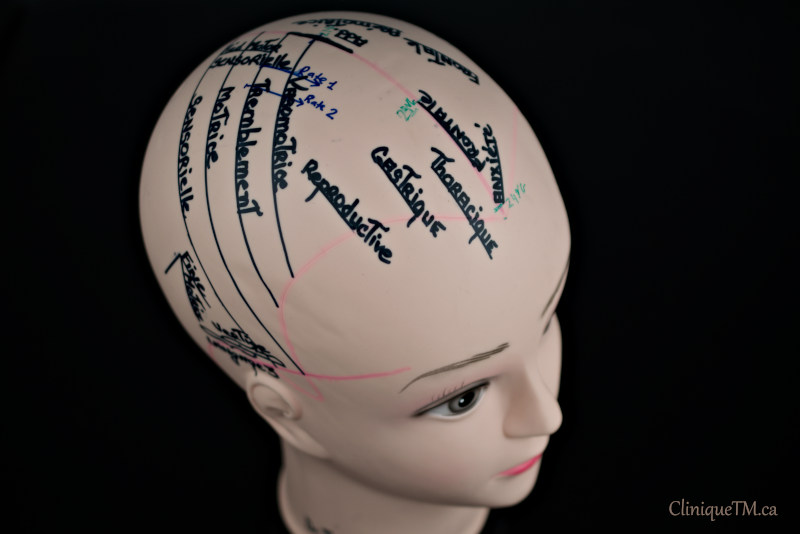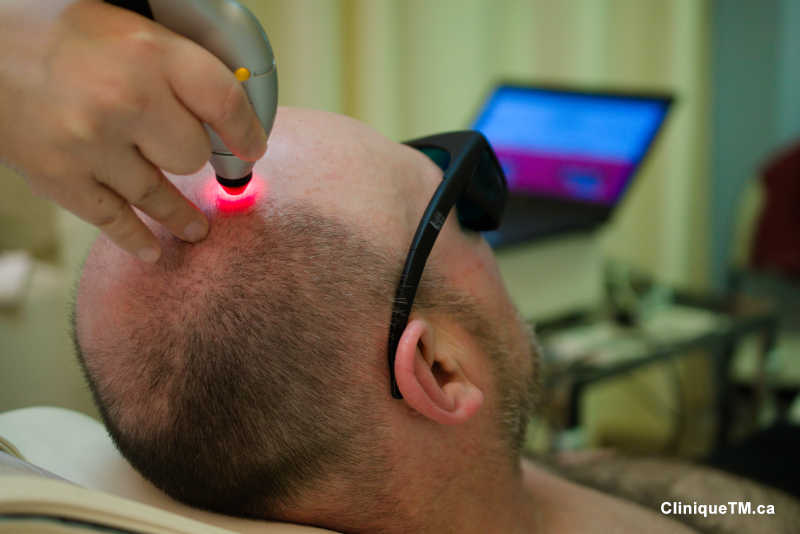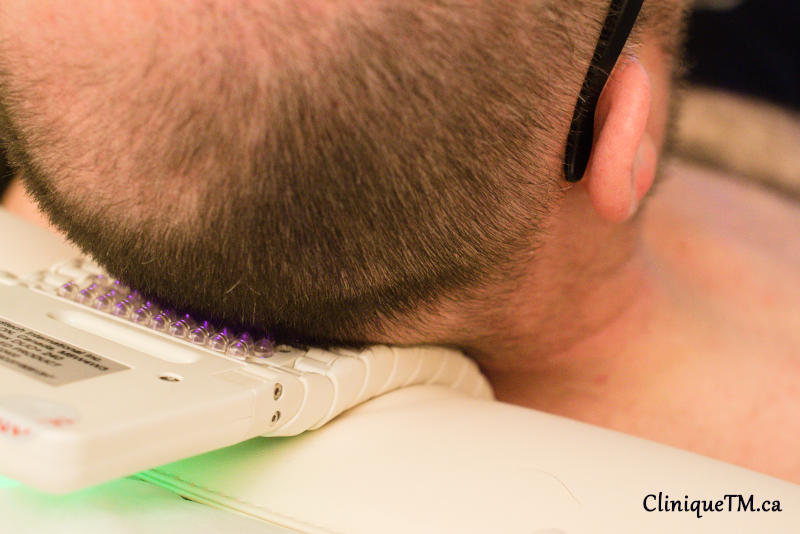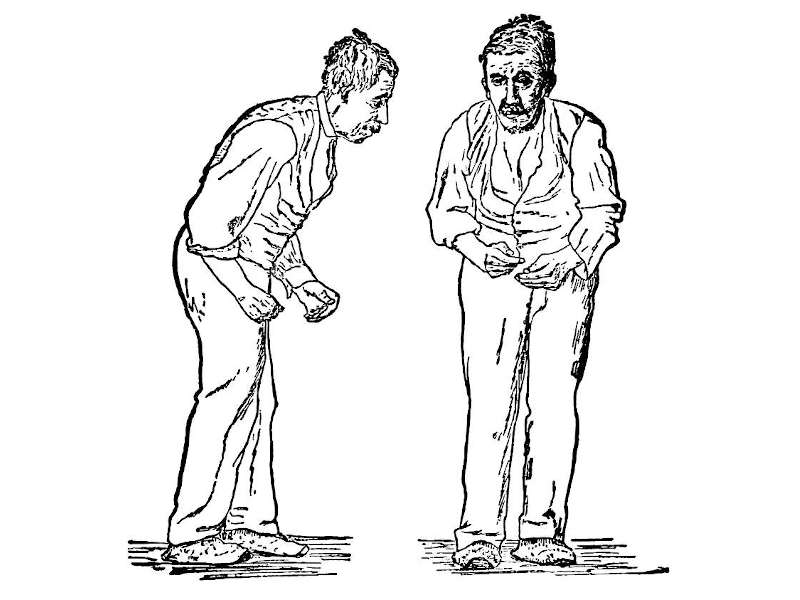Cliniс TM offers an alternative treatment for Parkinson’s disease. The treatment program includes: traditional acupuncture, laser acupuncture, nutrition advice according to Traditional Oriental Medicine, low-laser therapy and photobiomodulation
Table of Contents
- Alternative therapy for Parkinson’s disease – does it work?
- Program of alternative treatment for Parkinson’s disease:
2.1 Acupuncture and Parkinson’s disease
2.2 Scalp laser and LED acupuncture
2.2.1. Oriental medicine explanation
2.2.2. Modern scientific explanation
2.3. Nutrition advice according principles of Traditional Oriental Medicine - Questions and answers
- References
Alternative treatment for Parkinson’s disease – is it effective?
The effectiveness of alternative treatments for Parkinson’s disease has been proved modern scientific studies and empirical evidence which has been gathered for centuries.
One can think that a patient who has Pakinson’s disease has only motor problems, but this is not the case. In addition to motor symptoms, Parkinson’s disease can include such symptoms as depression, sleep disorders, anxiety, cognition problems and sexual dysfunction. The goal of alternative treatment is to help with motor problems as well as dealing with other symptoms.
Program of treatment for Parkinson’s disease
Our clinic doesn’t only use one method for treatment Parkinson’s disease. Using a single method, such as traditional acupuncture, is not as effective as using a combination of several methods against this serious disease. Different alternative methods of treatment reinforce each other which is called “Synergy”.
Our program of treatment of Parkinson’s disease can include all or some of the following methods: traditional acupuncture, traditional scalp acupuncture, laser scalp acupuncture or LED scalp acupuncture, with nutritional advice according to principles of Traditional Oriental Medicine (TOM). Below we discuss these methods in detail.
Acupuncture and Parkinson’s disease
We use different types of acupuncture: traditional acupuncture and scalp acupuncture. Each type of acupuncture has its own indications according to principles of Traditional Chinese Medicine.

Scalp acupuncture (or neuroacupuncture) is one of the effective treatments for Parkinson’s disease. This method can be used with a special electrical stimulation device.
Laser acupuncture means using a red or infrared spectrum laser instead of needles. The main advantage of this method is that it is painless. For this reason it can be used in patients who are sensitive to needles or who are afraid of needles.
Scalp laser acupuncture and acupuncture by LEDs exposure
Scalp laser acupuncture and LED scalp acupuncture are new methods of alternative treatment for Parkinson’s disease. This method uses non-thermal and non-ionizing light in the visible and infrared spectrum.
Oriental medicine and modern science have different explanations of the positive effect of this treatment for patients who have Parkinson’s disease
Oriental medicine explanation
The picture above shows the new microsystem in oriental medicine that identifies and recognises points and lines on the head. These points can be stimulated with different source of light (Laser or LED) which stimulate these points in much the same way as needles or pressure can without being physically invasive.
When scalp acupuncture uses light (laser or LED) instead of using needles, there are many benefits. Light can give the sort of energy which is perfect in chronic conditions and diseases or for older patients. In other words, patients with chronic diseases and older patients usually lack Qi energy. Additionally, laser or LED scalp acupuncture, uses natural frequencies as does scalp acupuncture with electrostimulation.

Modern scientific explanation
In recent years different light sources such as LEDs are becoming widely used for therapy, and a new term has now gained currency – “Photobiomodulation”. Previously this therapy was usually called Low-Level Laser Therapy (LLLT) because only low energy lasers have been used.
The light from photobiomodulation has direct and indirect effects on areas of the brain damaged in Parkinson’s disease. Only a small percentage of light can reach substancia nigra – the main area affected by this disease. The most positive effect of the photobiomodulation is due to the effect of light on the brain cortex.

There are brain networks which are responsible for neurological and cognitive functions of the brain. In Parkinson’s disease the function of these networks and the connections between them is reduced or broken. The light stimulates these brain networks and helps to restore connections between them.
The photobiomodulation or light acupuncture is not only effective for movement disorders, it is also effective for other symptoms of Parkinson’s disease for instance depression.

Our clinic only uses equipment approved by Health Canada.
“Photobiomodulation” is also used for other parts of the body according to principles of Traditional Chinese Medicine.
Nutrition according to principles of Traditional Oriental Medicine
During the first consultation, our acupuncturist will give you recommendations according to principles of Traditional Oriental Medicine. These recommendations will help to improve some of the symptoms of Parkinson’s disease and reinforce your energy.
Questions and answers
Question: Can you completely cure me of Parkinson’s disease?
Answer: Alternative treatment can improve symptoms of this disease.
Question: How effective is your program of treatment for Parkinson’s disease?
Answer: Manifestations and symptoms are different in each person. The effectiveness of the treatment depends on the severity of the manifestations of the disease, reserves of energy and the imbalance of energy in a particular patient.
Question: How many treatment sessions should I have?
Answer: To start we recommend an intensive course of treatment. During the first two weeks we suggest having at least two treatment sessions a week. Then going on your reactions and effectiveness of the treatment we will reduce the frequency of the sessions.
If you have questions regarding this program or the alternative treatment of Parkinson’s disease – don’t hesitate to write your question as a comment below – we will make every effort to reply very soon.
References
- Cheng FK. The use of acupuncture in patients with Parkinson’s disease// Geriatr Nurs. 2017 Jul – Aug;38(4):302-314. doi: 10.1016/j.gerinurse.2016.11.010
- Dong J, Cui Y, Li S, Le W. Current Pharmaceutical Treatments and Alternative Therapies of Parkinson’s Disease// Curr Neuropharmacol. 2016;14(4):339-55. [PMC free article]
- Fujimoto K. Problem of alternative medicine in Parkinson’s disease// Rinsho Shinkeigaku. 2013;53(11):1056-8.
- Ghaffari BD, Kluger B. Mechanisms for alternative treatments in Parkinson’s disease: acupuncture, tai chi, and other treatments// Curr Neurol Neurosci Rep. 2014 Jun;14(6):451. doi: 10.1007/s11910-014-0451-y.
- Kozak LE, Kayes L, McCarty R et al. Use of complementary and alternative medicine (CAM) by Washington State hospices// Am J Hosp Palliat Care. 2008 Dec-2009 Jan;25(6):463-8. doi: 10.1177/1049909108322292.
- Li S, Dong J, Cheng C, Le W. Therapies for Parkinson’s diseases: alternatives to current pharmacological interventions// J Neural Transm (Vienna). 2016 Nov;123(11):1279-1299
- Li S, Dong J, Cheng C, Le W. Therapies for Parkinson’s diseases: alternatives to current pharmacological interventions// J Neural Transm (Vienna). 2016 Nov;123(11):1279-1299 DOI: 10.1007/s00702-016-1603-9
- Otayza J, Juri C. Is acupuncture an alternative for the treatment of Parkinsons Disease?// Medwave. 2018 May 3;18(3):e7198. doi: 10.5867/medwave.2018.03.7197.
- Samuel M1, Ceballos-Baumann AO, Blin J, Uema T, Boecker H, Passingham RE, Brooks DJ. Evidence for lateral premotor and parietal overactivity in Parkinson’s disease during sequential and bimanual movements. A PET study.// Brain. 1997 Jun;120 ( Pt 6):963-76.
- Santos L, Olmo-Aguado SD, Valenzuela PL, Winge K, Iglesias-Soler E, Argüelles-Luis J, Álvarez-Valle S, Parcero-Iglesias GJ, Fernández-Martínez A, Lucia A. Photobiomodulation in Parkinson’s disease: A randomized controlled trial// Brain Stimul. 2019 May – Jun;12(3):810-812.
- Subramanian I. Complementary and Alternative Medicine and Exercise in Nonmotor Symptoms of Parkinson’s Disease// Int Rev Neurobiol. 2017;134:1163-1188. doi: 10.1016/bs.irn.2017.05.037
- Uc EY, Doerschug KC, Magnotta V et al. Phase I/II randomized trial of aerobic exercise in Parkinson disease in a community setting// Neurology. 2014 Jul 29;83(5):413-25. doi: 10.1212/WNL.0000000000000644 [Free PMC afticle]

